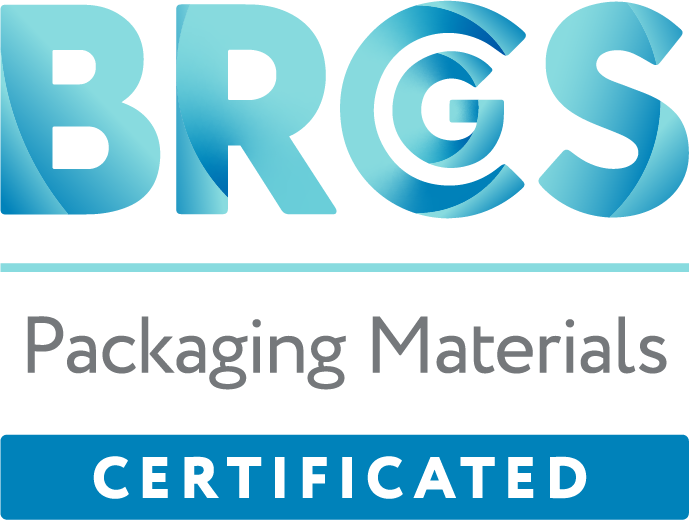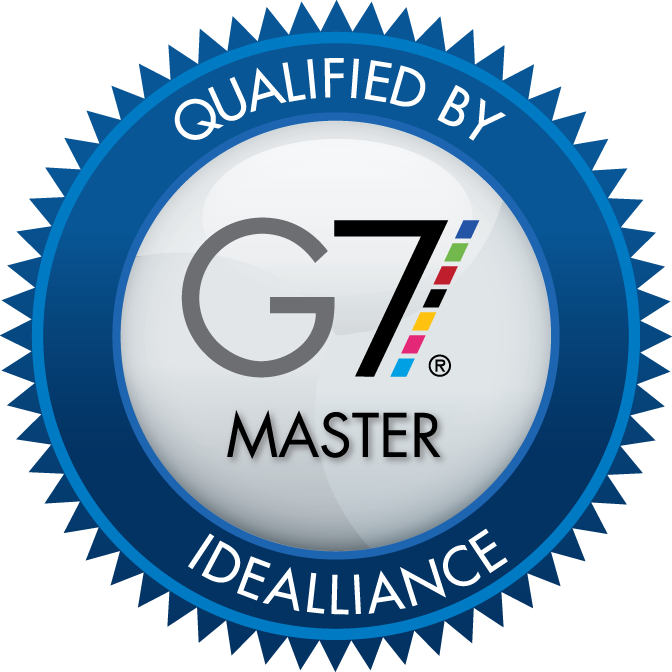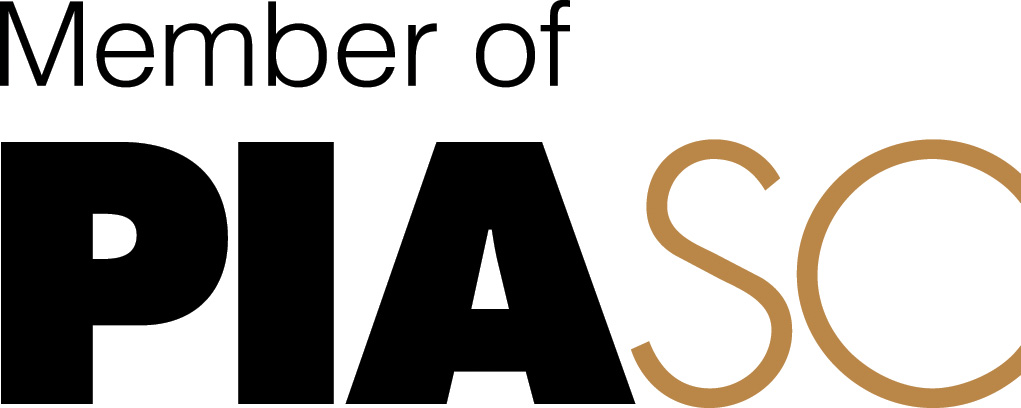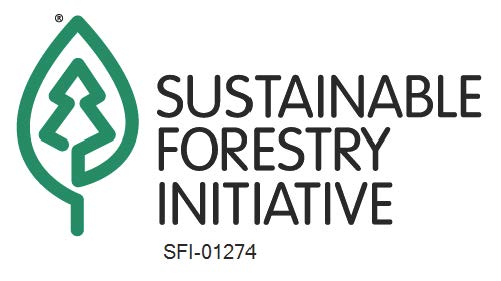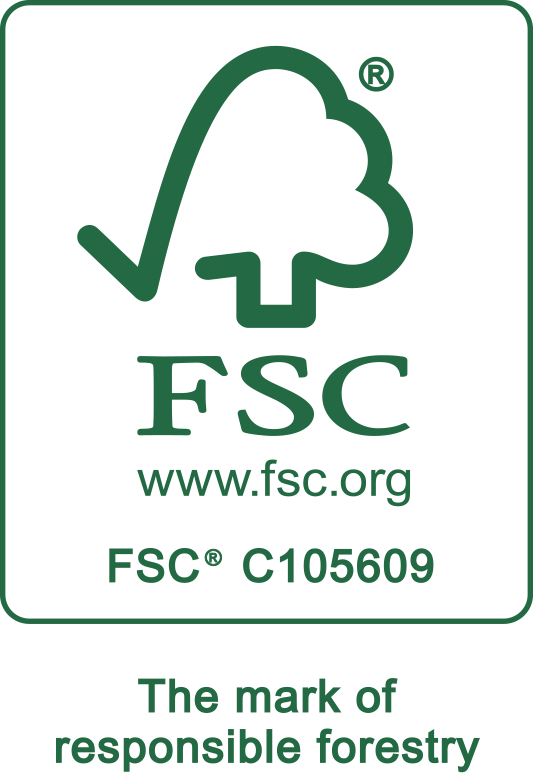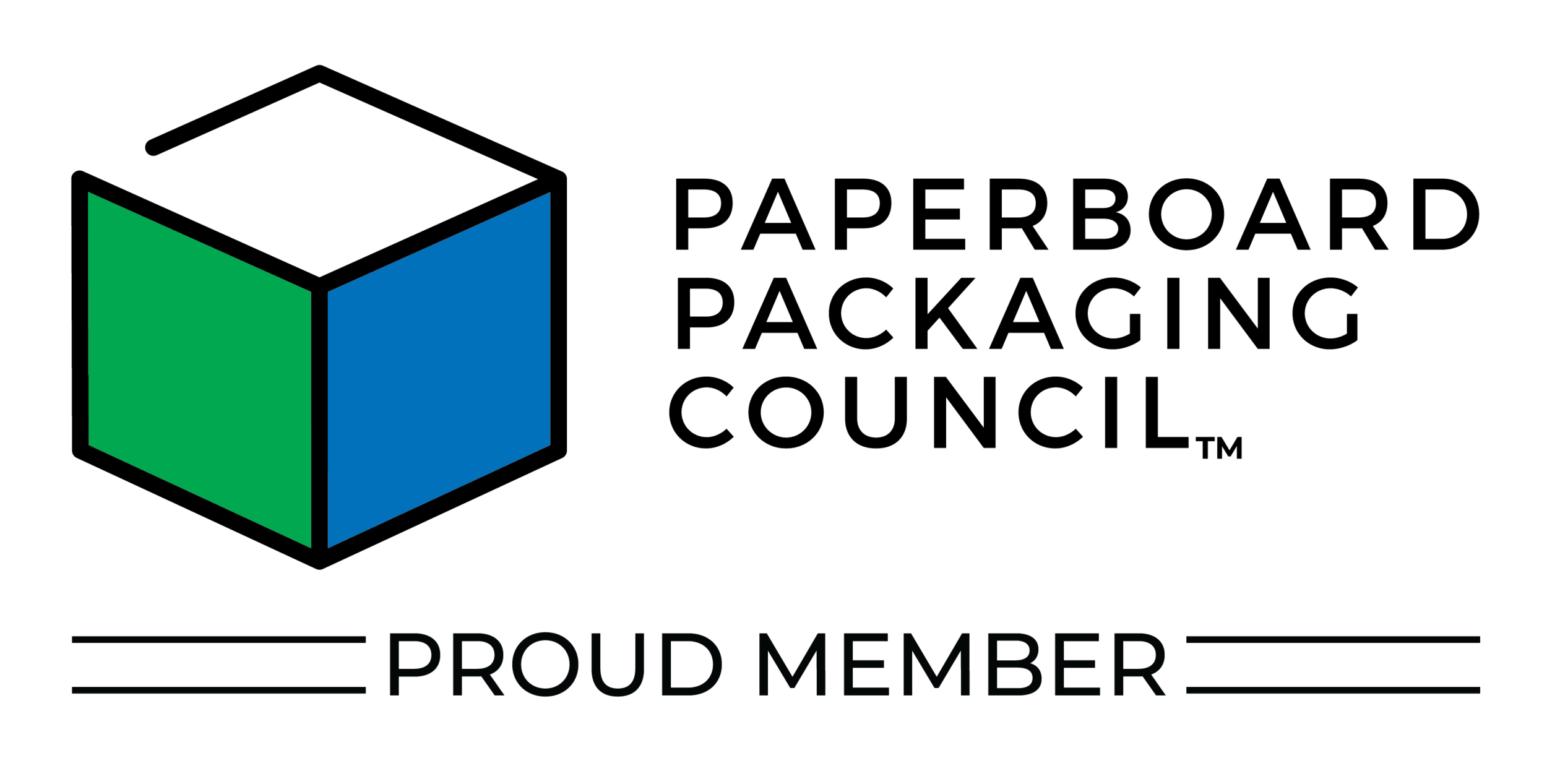Lean manufacturing has been the watchword of the last decade. Converters both large and small are focused on reducing excess waste in all its guises. Yet one form of waste is frequently overlooked, according to Bruce Hamilton, a lean manufacturing consultant and speaker: the waste of human creativity.
In his article “Six Keys for Lean Managers,” Hamilton explains: “Lean managers unlock employee creativity by developing a corps of lean learners, experimenters, and problem-solvers. For lean managers, learning and practice of the tools, the know-how, is the means not only to higher productivity, but also to developing the know-why: an enduring culture of continuous improvement.”
In an issue of BoxScore that highlights the “unsung heroes” in our industry, it’s worth considering the ways companies of every size and product range can create and promote an environment that recognizes every employee’s achievements, leaving no one’s contribution “unsung.”
A Superior Approach
By all accounts, California-based Superior Lithographics was, for most of its life, a high-quality yet typical manufacturer, known for being the state’s leading large-format printer of litho labels, top sheets, and folding cartons. Then, in 2013, founder and President Doug Rawson attended a printing conference where he heard speaker Capt. D. Michael Abrashoff, author of the management book It’s Your Ship. There he learned about lean manufacturing—but with a twist that focused on company culture. The message was transformative.
“As soon as I got back to work, I sat down and met individually with every single employee—that was around 80 meetings—and asked them what we could do to make the company better,” Rawson says. That was the first step in creating a company culture that continues to flourish today.
“A lot of people approach lean manufacturing as material and product and waste and the bottom dollar,” says Jeff Ku, Superior’s vice president of lean manufacturing. “But if your culture only focuses on that, it’s not a long-term solution. We’re taking a more holistic approach. We focus on the culture and the people, so in the future they can drive forward for themselves. It’s less of a top-down approach and more a case of managers providing vision and support.”
Spreading the Word
One key to Superior’s success is communication. A smaller rigid box or folding carton company might convey the president’s goals around a single table in the lunchroom. But with about 100 employees currently, Superior must consistently and cooperatively work to convey the corporate vision—or risk having management’s message misconstrued or ignored altogether.
It can be as simple as a companywide email signature.
“Everyone has the same signature line that follows our contact information,” notes Vice President of Sales Megan Simmons. Every month that signature line is changed out, often highlighting one of the company’s six core values. In September, for example, each email included the line, “Superior Value #5: Teamwork. Use the power of team collaboration to make everyone’s job easier.” Because these signatures are seen by every email recipient, the message is clear: Teamwork is as much a customer benefit as it is an internal goal.
“We also address teamwork when we do our companywide all-hands meeting,” adds Ku. “When managers work with their folks, they also pass down their values regarding teamwork. At the end of the day, we end up talking about it a lot.”
The Look of Lean
“For lean managers, learning and practice of the tools, the know-how, is the means not only to higher productivity, but also to developing the know-why: an enduring culture of continuous improvement.”
— Bruce Hamilton
So what does it really mean to be “lean”? How do the values that define a lean company impact daily business?
“Well, let’s say we have a problem we need to solve,” says Ku. “We’d gather departments—even departments not otherwise directly involved—to work to figure it out. We might call in someone for an alternate point of view. We rely on cross-departmental teams.
“We also collaborate with our customers. We work on their problems, even sometimes when we don’t cause them. One really significant thing we do is bring our whole team over so clients can get to know them face to face. That way, they see that it’s not just the salespeople who work with them; it’s a real team.”
“Our clients have embraced that,” Simmons adds. “They like having multiple points of contact at the company. It’s not like they have to talk with different people to order or that they’re left wondering who to call if an issue arises; they are simply drawing on different areas of expertise. For example, one of our customers also has a VP of lean manufacturing, and he will get in touch with Jeff Ku to coordinate.”
The company has also launched an extremely successful employee-suggestion program, acting on more than 400 suggestions. “We implement every employee suggestion,” Rawson says, “as long as it is safe and affordable. We are open to trying everything. And if an employee expresses a need for something, they get it—whether management thinks they truly need it or not.”
“People’s input has made a great difference here,” Simmons acknowledges. “It has completely transformed the company.
“We don’t want to have unsung heroes,” she says. “We’re striving to celebrate everyone here, because everyone here has a gift. It’s our job as a leadership team to recognize those gifts. We feel we’re a very progressive company in how we approach this.”

